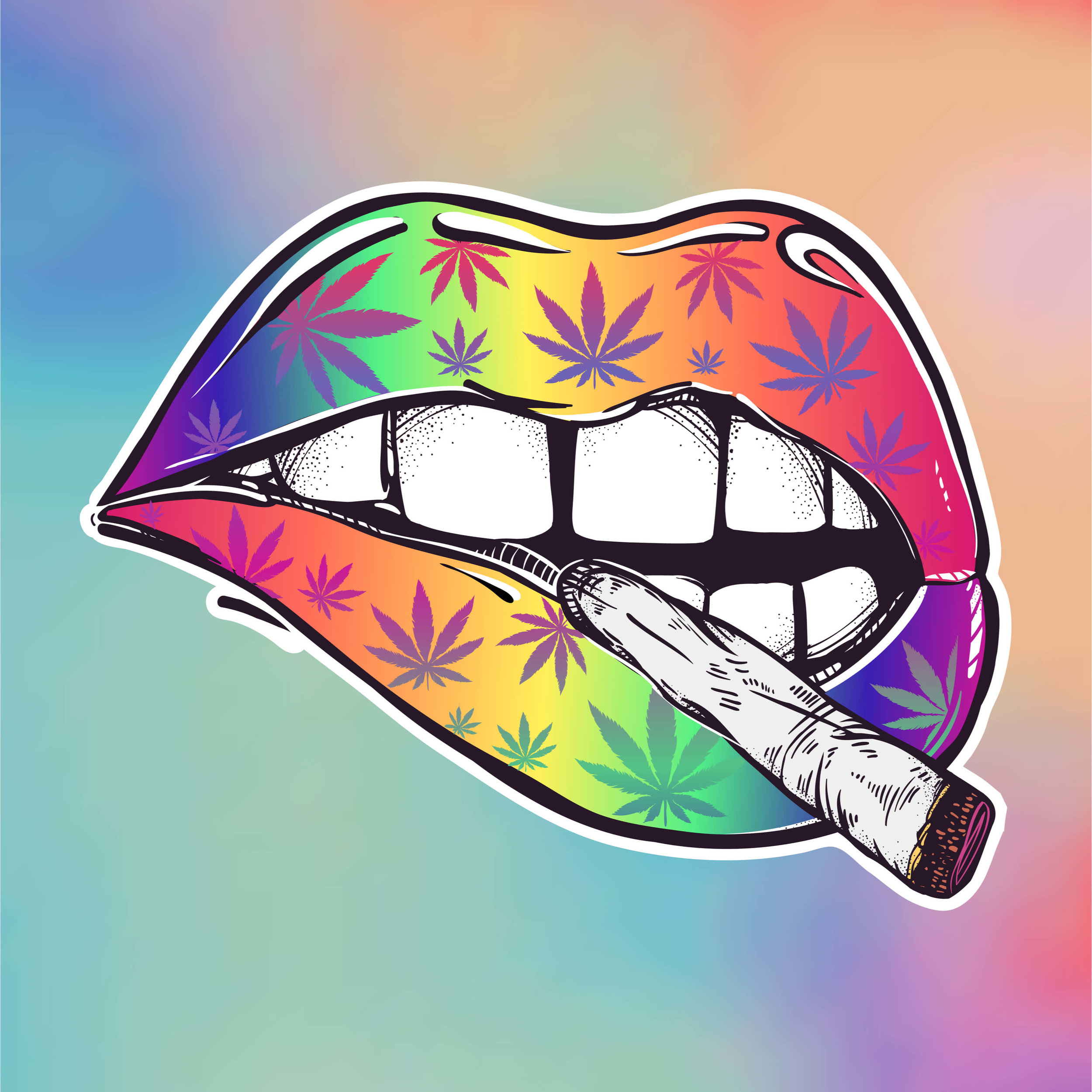What makes your "Loud", Loud?
The potency of Marijuana has consistently increased over the past few decades.
In the early 70’s weed THC levels were around 1-10%. Since then, growing techniques and cultivate methods have evolved and so has the product. The marijuana subculture began in the early 70’s. All popular marijuana strains were uncrossed, meaning bud strains were named after place of origin and not crossed breaded with other marijuana plants.
The evolution of Marijuana
Back in the 70’s buds looked like mid’s (low quality bud). They were dark green or brown color, leafy, wispy, and there were a lot of visible stems. Today the “top” strains are dense, smelly, and covered in crystals or trichomes.Per recent data from recent High Times Cannabis Cup, flowers that enter the competition testing at around 30% THC. The DEA didn’t start seeing weed this potent until around 2009, when they tested a crop during a drug bust that leveled out at 33%. Now there are cannabis concentrates (hash oil) that can test over 90% cannabinoids. [parallax]  [/parallax]
[/parallax]
What has made weed so strong?
The cannabis industry has shifted focus on the production of sinsemilla, sinsemilla is the tops of female plants that have not been fertilized, which contain the highest levels of THC on the plant.Strains with high levels of cannabinoids are favored by growers. Unlike the landrace strains that dominated the 60’s to the 80’s, today’s strongest strains are hybrid crosses with other popular stains. 30 years ago, the top strains were averaging about 10% THC levels, now the strains that are sold in medical dispensaries average at least 20% THC levels.A well balanced flower these days consists of other cannabinoids like CBD and terpenes. So now potency is measured by a full spectrum of terpenes and cannabinoids, rather than just THC content.

